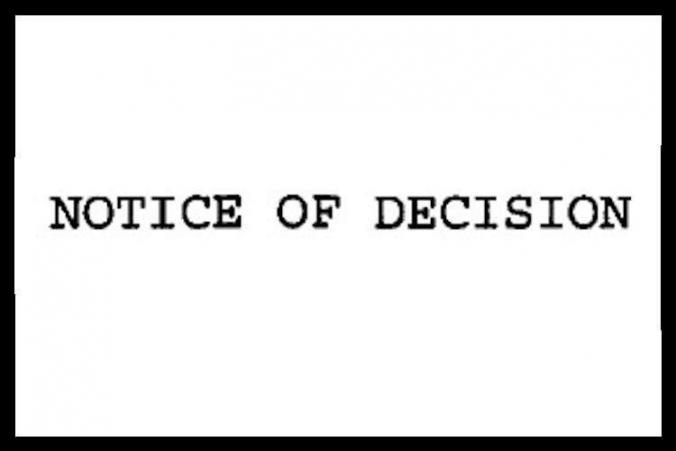The Department of Labor and Industries (L&I) sometimes requires injured workers to attend Independent Medical Examinations or IME. In many cases, L&I asks work injury claimants to attend an L&I IME exam to help L&I make claim-related decisions. From L&I’s perspective, an IME provides objective medical-legal examination for the purpose of establishing medical findings, opinions and conclusions about an injured worker’s physical condition.
IME tests in L&I claim appeals
It’s important to note that IME exams can only be performed medical examiners that are pre-approved by L&I. Fundamentally, I don’t share L&I’s perspective on IME examinations. When I represent work injury plaintiffs in appeals before the Board of Industrial Insurance Appeals (BIIA), often L&I medical arguments rely on IME opinion. In fact, it is very common for me to cross examine the same seven or eight IME doctors repeatedly.
IME panels in Washington State
There are several panel corporations that provide IME services to L&I. These include Sunrise Medical, Objective Medical Assessments Corporation (OMAC), Central Seattle Panel of Consultants, Medical Consultants Network (MCN), and others. Interestingly, most of the examiners who perform IME tests are contracted with more than one of these panels. In other words, having a variety of panels offering IME tests does not result in a greater variety of examiners.
IME exams are inherently biased and unfair
On occasion I’m surprised by the outcome of an IME. However, more often I predict the outcome before the examination even occurs. There are several reasons for this. L&I argues that IME tests are an objective process. I’ve had IME doctors testify that they are in the best position to provide opinions to L&I because they have no stake in the outcome. Whether these providers want to admit it or not, they have a bias in favor of L&I.
The Department of Labor and Industries controls the process and procedure of every IME from start to finish. For one, L&I sets the ground rules for these examinations. Moreover, as mentioned earlier, the examiners must be approved by L&I. In addition, examiners are mandated to follow the Medical Examiner’s Handbook written by L&I.
IME examiners are asked to answer specific questions given to them by the claim manager. Typically, along with the questions presented to IME doctors, the claim manager usually provides claim related information. This information can include the status of the claim, the L&I claim accepted conditions and the contested conditions. The IME examiner reviews the medical records provided by L&I and is paid according to fee schedules dictated by L&I. Finally, the examiner must produce a report in accordance with L&I timelines.
IME exams from the viewpoint of injured workers
In my experience, injured workers who are required to attend an IME rarely feel that the process is unbiased and objective. For example, a work injury claimant has no choice when it comes to the IME doctor. In addition, the date and time of the IME exam is set by L&I. Then, if there are any scheduling conflicts for the injured worker, he or she must ask for permission from the claim manger to reschedule.
Frequently, injured workers feel attacked and judged by the IME examiners. It’s very common for work injury plaintiffs to report that the examiners seem to ignore what they are saying. Consequently, the IME process leaves work injury claimants feeling frustrated, insecure, and unheard. People that suffer a work injury contact me all the time to inquire about representation. Many times, they call me because they have been scheduled for an IME, or recently attended an IME. As a result, they are concerned about the future of their claim.
IME notes from an L&I attorney
In my opinion, there are many legitimate reasons for which L&I needs outside, impartial medical opinions to help resolve L&I claim issues. However, I don’t believe that the current IME process is fair. I also don’t feel that the current format of IME examinations accomplishes the goals of the Industrial Insurance Act.



